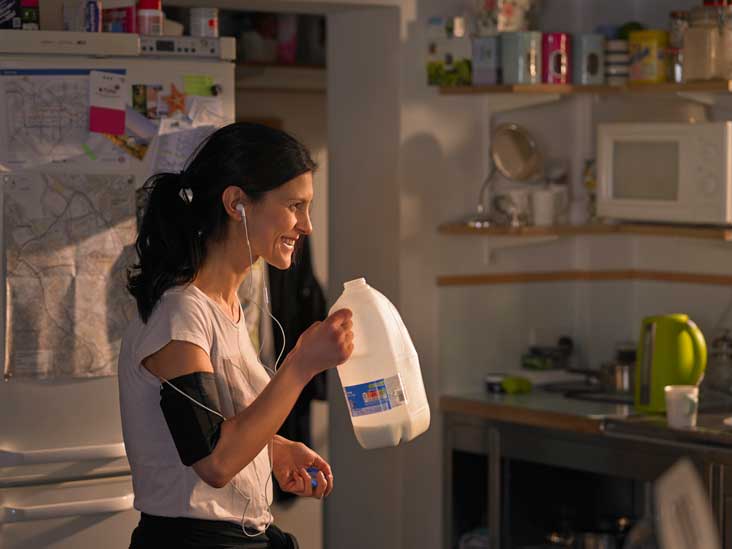

Probably I used a sledgehammer for cracking nut, since it is certainly enough to point the camera downwards by plain eyesight. Secondly, it is possible to align the camera exactly vertically downwards (unfortunately the internal inclinometer of the D800 cannot handle this setup, so I aligned the body with a spirit level.
#Pixplant still being worked on iso
The tripod fulfils several reasons: Firstly, we can work with the camera's lowest ISO setting (which firstly leads to significantly lower image noise and secondly to a better dynamic range: Highlights won't bloom out as quick as before and depths can be better reconstructed. The image above shows my setup (version 1) with a different floor and location. At the moment I ride very well with 35mm, but I will also try my 60mm macro. The longer (=tele), the more individual images are necessary. So the little German may also rejoice a little bit.) For my experiments I use the ManfrottoĪ lens with a suitable focal length: the shorter (= wide angle), the more likely it is that the tripod legs get in the way. The most important thing is that it must be possible to align the camera so that it can point 90° downwards. Not because I would need its resolution of 36 megapixels, but because it is simply my favourite working device.Ī tripod: Even if the German guy in me wants to scream now that one should not compromise on quality: It is largely irrelevant which tripod is used.

Anything with more than 10 megapixels will suffice in principle. 2: Way to go!įrom my work on spherical panoramas (see HDRI) I am quite familiar with combining several shots to a high-resolution collage (especially the associated problems.) Nevertheless, this seems to me to be a feasible way at the moment:Ī camera: Since we are now taking several pictures, the sensor resolution of the body is no longer important. (Especially since I'm not particularly keen to bring a ladder to the location every time anyway.) Solution No. After 20 minutes of fiddling around I gave up on this solution. Not only do I have to deal with the typical problems of wide-angle photography (distortion at the edges of the picture), but I also got the ladder's feet in the picture. Unfortunately, these efforts are not necessarily spoiled by success: I still have to reach for very wide angle focal lengths (specifically: 24mm) to get a satisfying framing. This can be solved quite straight-forward by putting a folding ladder in the room and my ass on the ladder. 1: Reach high! (Per aspera ad astra)Ī large part of the problems can actually be broken down into one problem: I'm too small. Just join me on my bumpy, sometimes conceptless path and learn from my mistakes in this research journal. The next part is work in progress and is to be understood rather as a loose collection of ideas and not as a tangible tutorial.


 0 kommentar(er)
0 kommentar(er)
